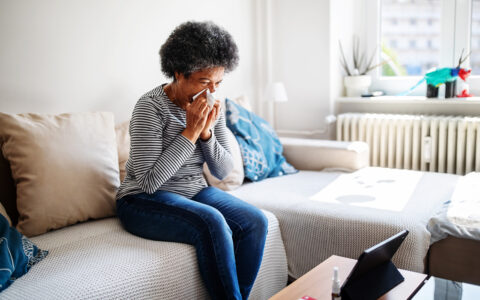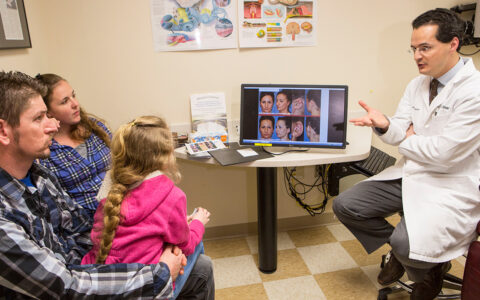Studying rare diseases has practical limitations – most notably, the geographic distribution of research subjects. To study idiopathic subglottic stenosis (iSGS), for example, researchers must reach out to a tiny affected population: less than 1 in 400,000 Caucasian women are affected by the rare airway disease.
Even when enough subjects can be identified to generate statistically sound results, the geographic distribution is a major barrier to research participation.
Enter social media: “Social networks – both patient and physician – have tremendous power to connect patients from all over the world with surgeons seeking answers,” said Alexander Gelbard, M.D., an otolaryngologist at Vanderbilt University Medical Center who has used social media to study treatment outcomes for iSGS.
“Social networks – both patient and physician – have tremendous power.”
A Data Void
Women are nearly exclusively affected by iSGS, which causes slow, progressive narrowing of the trachea just below the vocal cords. The disease is so rare that many patients are misdiagnosed with asthma for several years before receiving proper treatment. Its cause is unknown, and there are no standardized treatments.
Said Gelbard, “Finding solid answers for such a rare disease is difficult. The geographic distribution of patients requires an extensive recruitment and monitoring infrastructure, dramatically increasing the cost and time required for formal study. These barriers, coupled with small markets, reduce incentives for the pharmaceutical industry and funders to support rare disease research.”
Social Media Community
A Facebook group, Living With Idiopathic Subglottic Stenosis, has grown into the largest online community for people with iSGS, with over 3,000 members (97 percent of whom visit the site monthly). The group provides much-needed resources such as information sharing, emotional support and community building, according to Gelbard’s own research.
Gelbard and colleagues recently harnessed the power of the group to prospectively compare outcomes associated with the three most common iSGS surgeries: endoscopic dilation, endoscopic resection with adjuvant medical therapy, and cricotracheal resection. Seventy-five researchers reported their findings in JAMA Otolaryngology-Head and Neck Surgery. Gelbard was the first author.
Gelbard’s initial goal was to recruit 300 iSGS patients for the study with help from The North American Airway Collaborative (NoAAC)—a physician network launched in 2014. But by also engaging the leader of the Facebook group in study planning, enrollment spiked to 810. Interested community members contacted the study coordinator, who completed consent electronically.
Digital Partnership Yields Results
“Use of social media to engage patients and patient-generated health data… gave us rapid insight into a rare disease.”
NoAAC researchers tracked the time to recurrent surgery (disease recurrence) for each patient. They conducted semi-structured interviews with participants and treating physicians to identify the quality of life tradeoffs and complications associated with each of the three treatment approaches.
They found 23 percent of participants had a recurrent surgical procedure during the three-year study. The majority of patients received endoscopic dilation, which was associated with the highest surgery recurrence rate. Cricotracheal resection offered the most durable results, but the worst long-term voice outcomes.
The researchers were able to quickly share results with iSGS patients through the online community. The findings could help inform individual patient decision-making, Gelbard said.
“The use of social media to engage patients and patient-generated health data to monitor symptoms remotely gave us rapid insight into a rare disease,” he said. “We believe this protocol promoted a deep sense of patient ownership in the study process and was the reason we were so successful.”





